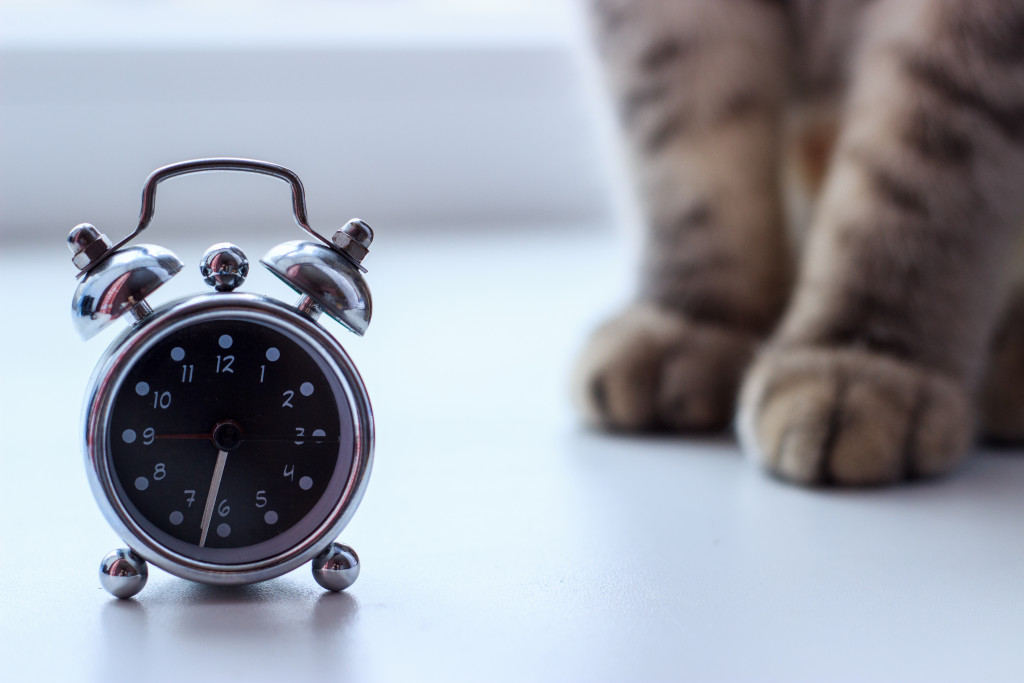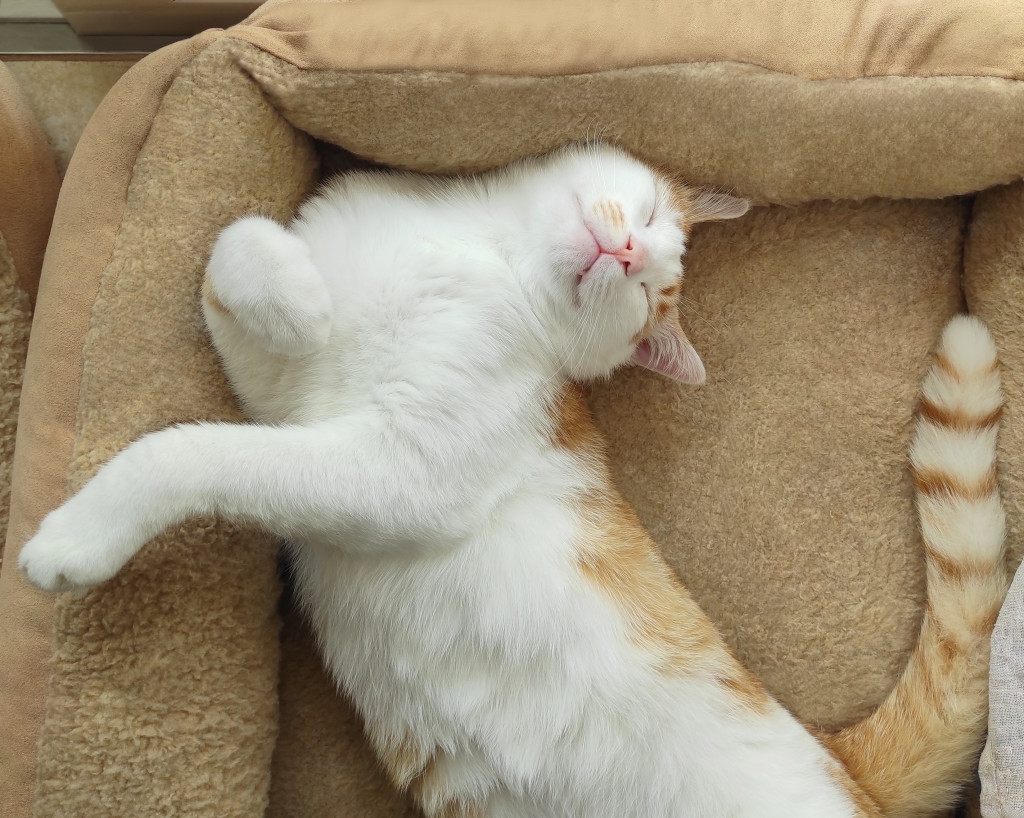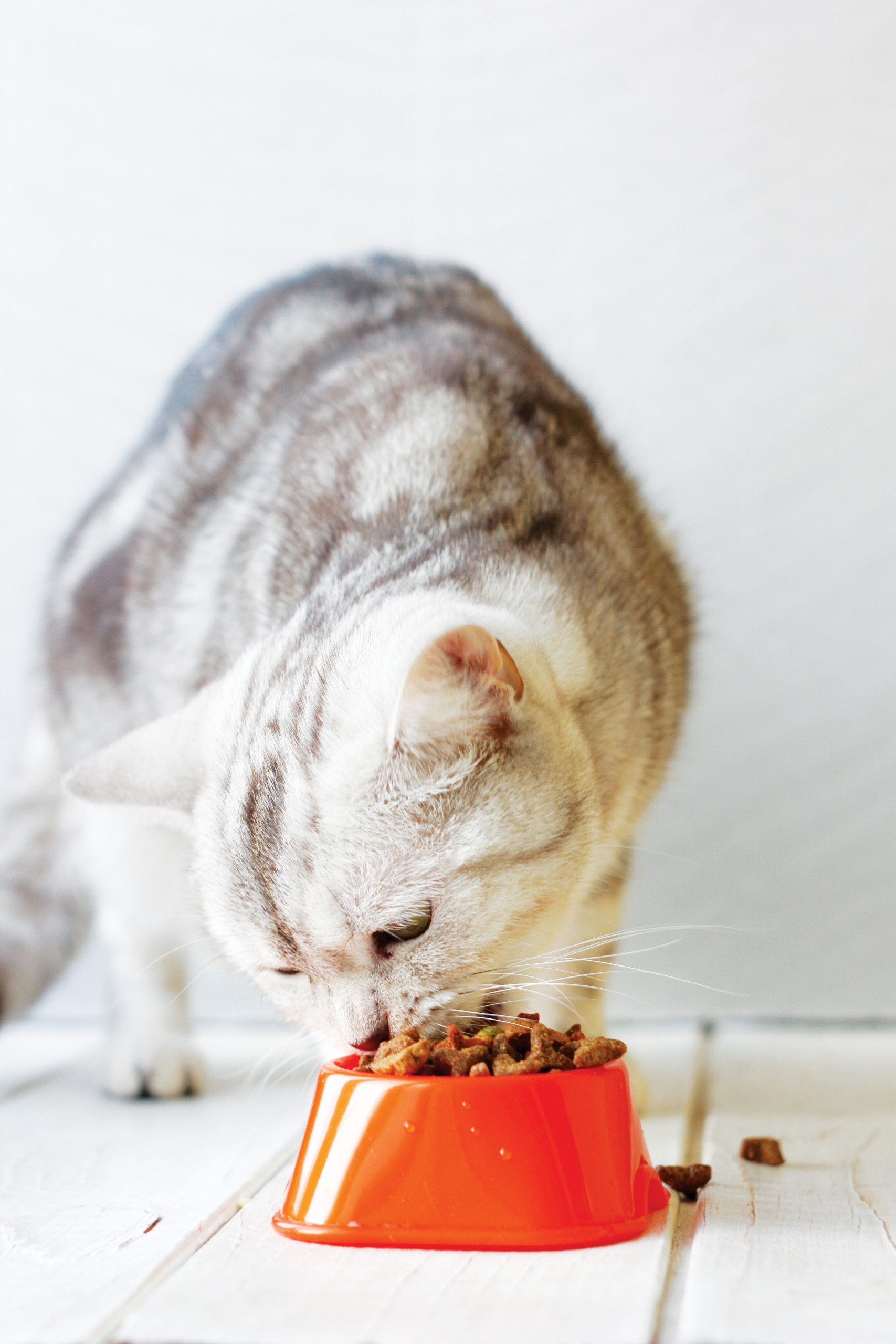Every cat parent wants to do right by their cat’s diet. That’s why more owners are opting to allot a good part of their budget for their feline pals, so they can get the proper nutrition they need. However, when you drop by the supermarket, it’s not surprising to see entire aisles devoted only to cat food. How do you know which one to choose?
Instead of opting for your own preference, know the nutritional differences and specific. For starters, the biggest dilemma for fur parents is choosing between wet and dry cat food. advantages to each one. Here are a few things you need to know about cat diet and health.
Feline Food 101: What You Need to Know
When it comes to a proper diet, everything begins with proper nutritional content. No matter how tasty or how novel your cat’s food may be, if it is not laden with the proper nutrients and ingredients he needs to attain the recommended nutritional intake, you’re most likely not giving your cat the best food he needs.
When it comes to proper feline feeding, there are quite a few things you need to consider, as they can affect what they need, how much they should be eating, and how best to incorporate all the necessary nutrients in their diet without overdoing it.
Cats are carnivorous–so protein intake matters!
Our feline friends may be so docile and cute, it’s hard to forget that they share the same lineage as carnivorous cats like lions, leopards, and tigers. In the wild, cats get their protein needs from various meat and fish sources. There may be some meat types that are better for your cat’s digestive system, but overall they have as many as 11 protein needs that they have to get from their daily sustenance.
These 11 essential amino acids are important for optimal energy levels as well. Experts noted that if there are deficiencies in these amino acids, it may lead to further complications. For instance, taurine is essential in cats, as deficiencies can cause metabolic issues and clinical concerns, including heart, eyes, reproductive, and immune system failure in the long run.
Since your cat is most likely a homebuddy, then chances are the food you serve is the only source for these diet-based amino acids. It’s important to take note of these the next time you are shopping for cat food.
Be mindful of your cat’s feeding time

Apart from the content of his food, it’s also important to be mindful of his feeding schedule. Many vets recommend sticking to a twice-a-day feeding schedule for most cats. To follow a timed feeding approach, you need to make his food available at specific time periods.
Once you know the total portion that your cat needs per day, then it’s all about dividing that between two feedings. Make his food available at regular times, so it’s better if your schedule is synced with his.
Some cat owners may tend to leave food in their cat’s bowls for the whole day. Remember, you need to be in control of your pet’s food, so you can give them the best portion at the best times, and with the best means that match their needs. It also ensures freshness of the food.
Activities may match their feeding needs
When talking about daily nutritional needs, you may need to consider a lot of factors. Some of them can be identified with your vet, such as needs based on size and age. However, what can be unique to each cat is the activity that they partake in. Some cats may adjust to the kind of activity and interaction they have with their owners. Some environments may be more conducive to play, particularly those with play areas for cats. Get a sense of how much activity your cat partakes in, and navigate with his vet on how much energy should be accounted for regular play activities.
The Ultimate Question: Wet or Dry?
When it comes to the actual food choices, there are two main groups that you may already be familiar with: wet and dry cat food. There have been countless debates, as some cat owners prefer to give a purely wet or dry diet to their pets.
However, rather than sticking to a specific diet, there may be a few more things you’d want to consider. Just as every cat may have a specific taste, the available food for them may have nuanced differences that can be a deal maker or breaker to becoming a staple in your pet’s dietary needs.
Let’s get down to the basics of cat nutrition. Rather than looking at it with a wet versus dry food mentality, experts state that the big difference focuses on the manufacturing process. Because wet food requires more moisture content when packing in canned foods, chances are the manufacturers use fresh or frozen meat products. Wet cat food also contains wheat and some carbohydrates, but this may be blended in with water and vitamins.
Dry cat food is manufactured by mixing wet and dry ingredients into a dough, which is then heated under pressure before it is cut into kibble bite-size pieces. Kibble is then dried, cooled, and spray coated, while some other manufacturers may prefer baking their products.
Why Go The Wet Food Route?
Adding some wet canned cat food is definitely a must when you take that trip to the grocery. So what’s the advantage of stacking on some canned options?
Better weight management
Canned cat food is undoubtedly higher in moisture content. But an added bonus is that, compared to dry food, it requires less carbs in general. While this can vary per brand, wet cat food does not need as much starch as kibble to hold the food together. A diet with fewer carbs lessens chances of your cat having too much unspent or unused energy sources that may only add to his weight gain overtime.
Additionally, since it is a denser option, wet food can make your cat feel fuller and, therefore, eat a bit less compared to dry cat food.
Avoid constipation for your feline friend
Dehydration has its price, and for pets, it can lead to constipation. Even though nothing will beat regular hydration, feeding them with wet cat food can provide them with more sources for hydration.
The picky eater’s choice–most of the time!
Perhaps a big advantage of wet canned food over dry food is its stronger, fresher taste. Even picky eaters may find their preferred flavour in a single or many varied cans. There can be a downside to this though. Tastier food means making your cats susceptible to overeating. Thus, once you see which flavours a cat loves, use timed feeding and portion feeding to keep portions in control.
Want to experiment on flavour? Try Loveabowl’s Chicken Snowflakes in Broth with Barramundi. Its recipe packs each can with taurine, vitamin E, and other natural ingredients without adding more grains and carrageenan. Meant for cats of all ages, this flavour will definitely be a favourite.
Go easy on your cat’s teeth
Is your cat struggling to bite into dry, hard kibble? Then you may do well to give his teeth a break by feeding him with wet cat food. Wet food is infinitely much softer and easier to eat. This may bring immense comfort to your cat during feeding time.
Loveabowl’s Tuna Ribbons in Broth with Shirasu takes it to another level by incorporating whitebait as a source of calcium, for stronger bones and teeth.
Why You Should Try The Dry
More carbs
When reading the food label, you may notice that dry cat food may appear to have a higher carbohydrate content. This can throw some cat owners into a toss-up: does that mean I should skip dry food? Vets would advise that most cats need only minimal carbs in their diets anyway.
However, carb content in dry food may be due to the inclusion of rice and other grain products. Even so, carbs play a role in one’s dietary needs, and your cat is no exception. Carbs can be broken down to glucose, which is a readily available source of energy for your pet.
Additionally, certain cat food recipes may require a balanced proportion of protein and carbs, especially for cats that have weight management issues. Opting for dry carbs means your pet’s protein portions are reserved for producing and maintaining body tissue, rather than for energy production.
Want to play it safe with the carb content? Go grain-free instead. Try Loveabowl Chicken, which is loaded with superfoods rather than excess carbohydrates. It uses low-carb starchy ingredients like flax seed and kelp meal for a tasty treat.
Easier on the budget
As much as we would want to keep spoiling our feline babies with gourmet meals every time, it can make quite a hefty dent on our weekly budgets. The overall appeal of dry cat food is that it can be a very economical alternative on some days.
Less spoilage overall
Adding to its economical upside, dry cat food also has a longer shelf life. This can offer a big weight off your shoulders, as you can store a lot of kibble bags in your space and not have to worry too much about spoilage. Plus, it’s the equivalent of our own take-out. Just pour some kibble into a bowl and leave it for them to enjoy.
Good complement to wet food
Perhaps the biggest advantage of having cat kibble in your pantry is that it’s a good complement for a better, more balanced diet. You can enjoy all the benefits of wet and dry food if you strike the proper balance in what you feed your fur baby. The variety of the kibble’s crunch and various flavours can easily make his meal times even more enjoyable.
This is what Loveabowl boasts: a wide array of flavours for its dry cat food line. Want to experiment with taste? Try a blend of Chicken and Snow Crab. How about introducing a novel but flavourful taste of the sea? The grain-free Herring, Salmon and Atlantic Lobster recipe features a unique recipe that is loaded with taurine and lean-protein Atlantic lobster for all the essential nutrients without too much unnecessary carbs. Best of all, the seafood ingredients are sourced from free-range farms and fresh Canadian Atlantic waters, ensuring freshness in every bite.

The Importance of a Balanced Diet
So, what’s the verdict? It’s always about balance. Cats need both dry and wet food for a better eating experience. Each type has an advantage, and you can make the most out of it by mixing wet and dry food, or alternating each type during feeding time.
Some cat owners opt to incorporate some dry kibble into wet canned food. Others feed wet food on certain periods as part of an established routine. In whatever way you find yourself using these two cat food types, what’s important is you take full control in feeding your feline baby.
It’s a matter of understanding your pet’s needs and preferences, so you can cater to them accordingly. Make sure to go with the cat food brand that understands what most cats need in terms of their dietary nutrition.
And what better way to deliver their needs than to trust only in brands that prioritize your cat’s needs and then some–just like Loveabowl. Focusing on delivering only the freshest free-range ingredients in every serving, Loveabowl aims to give a balanced diet packed in so many unique and novel flavours, it will feel like a feast with each mealtime.
